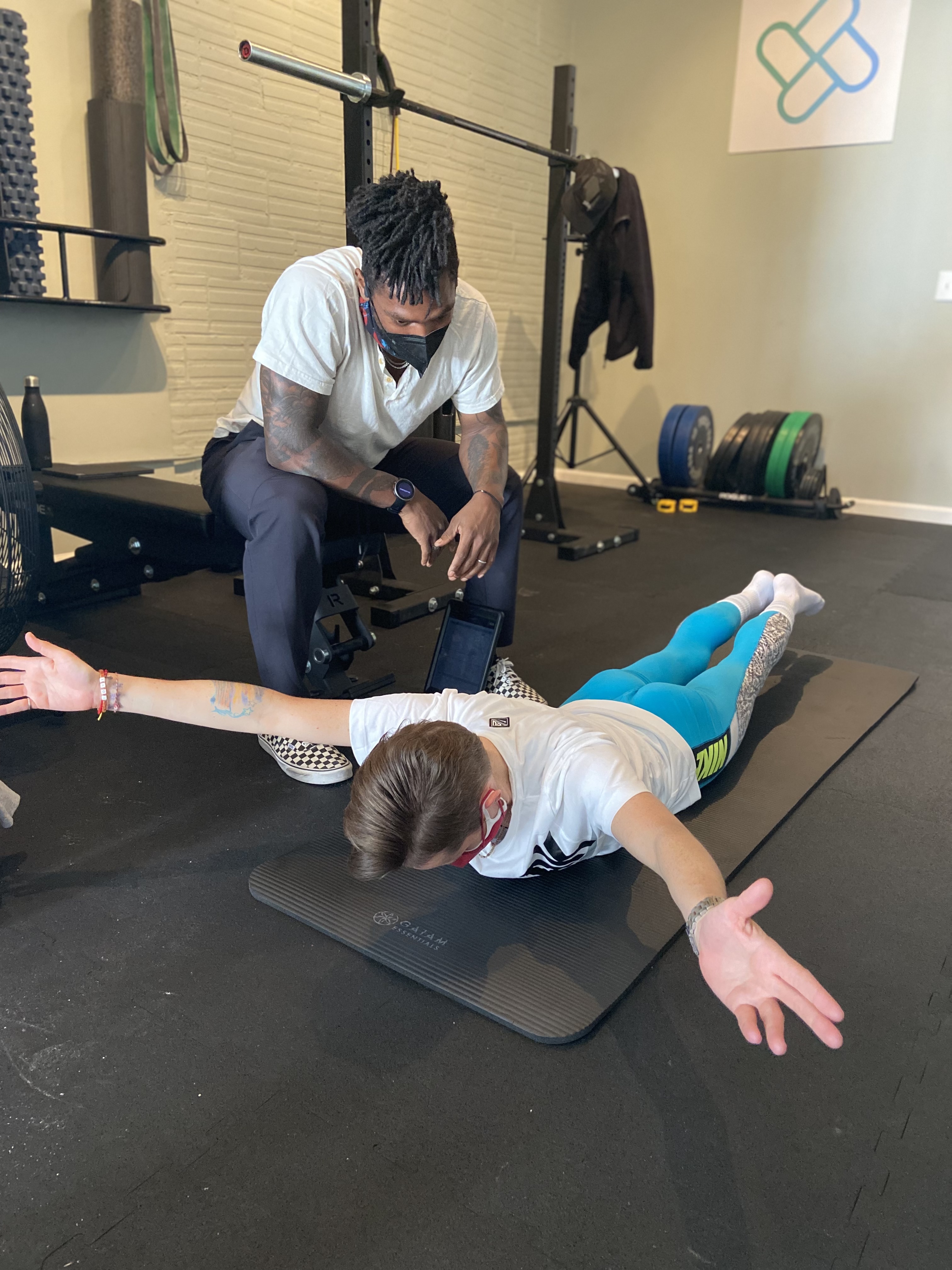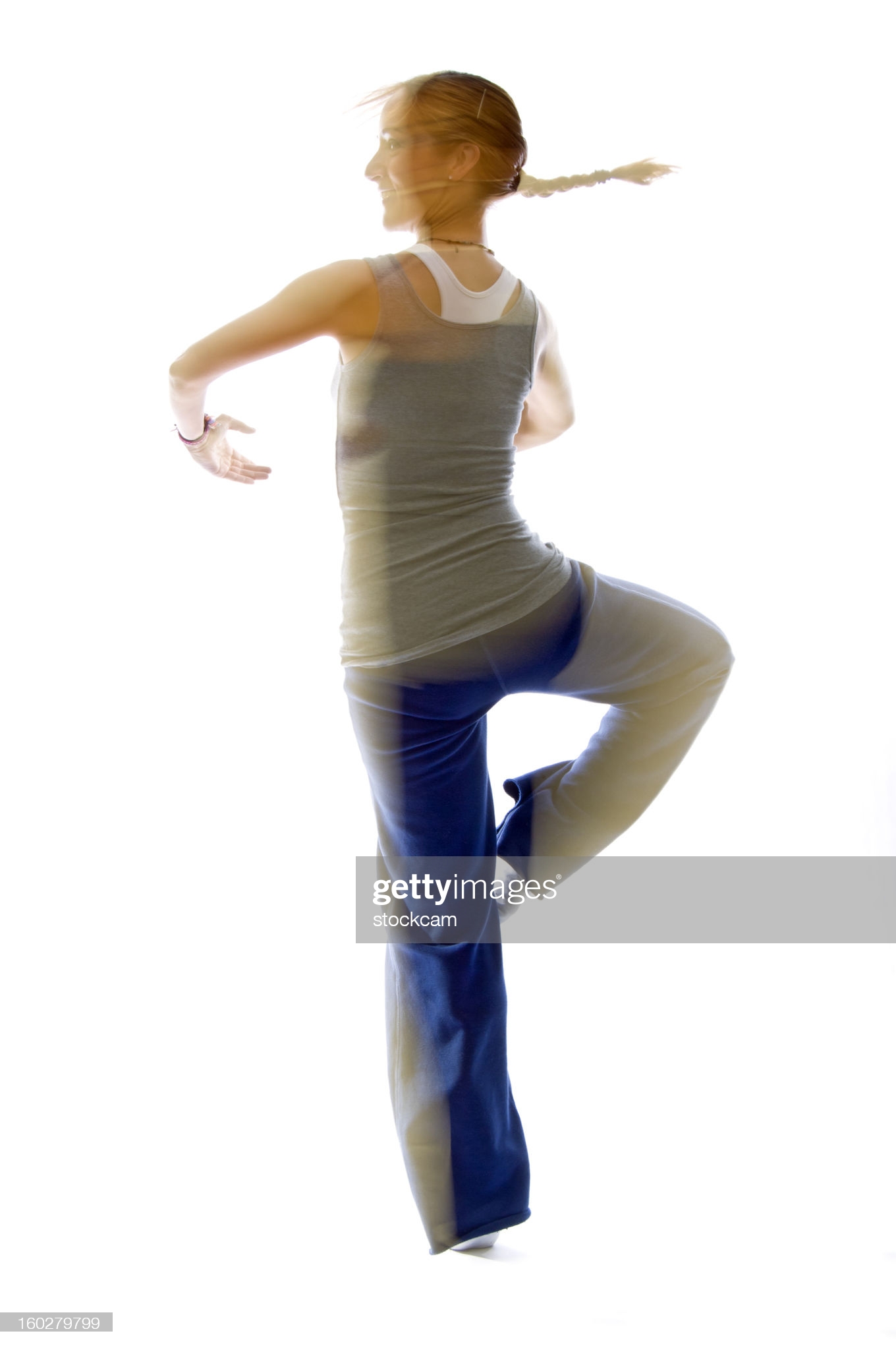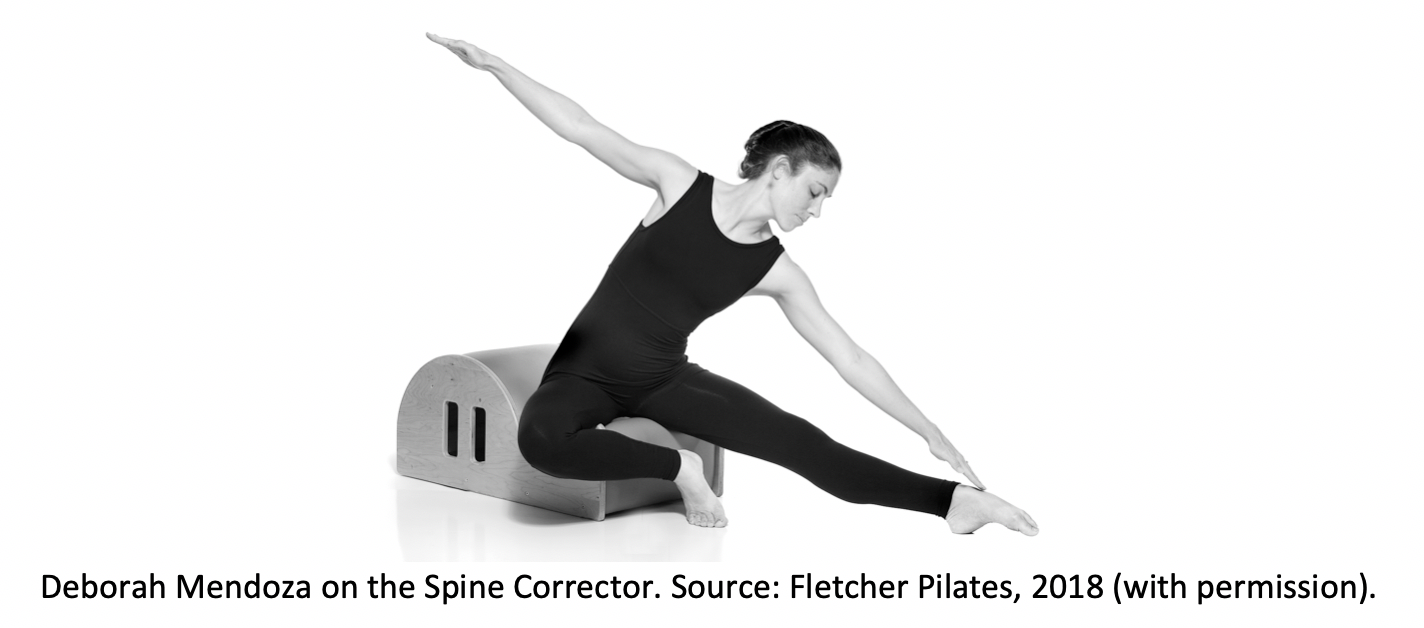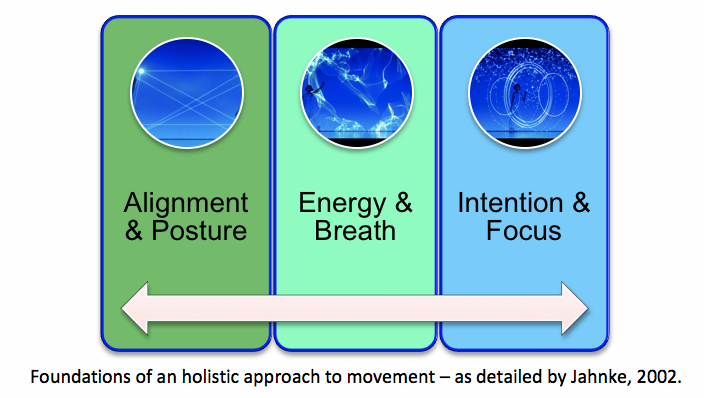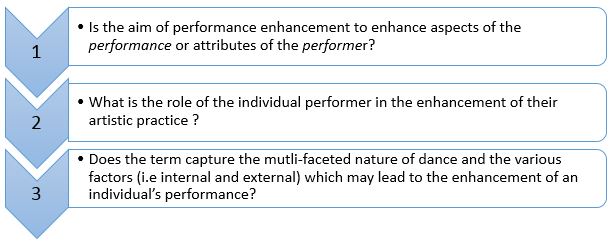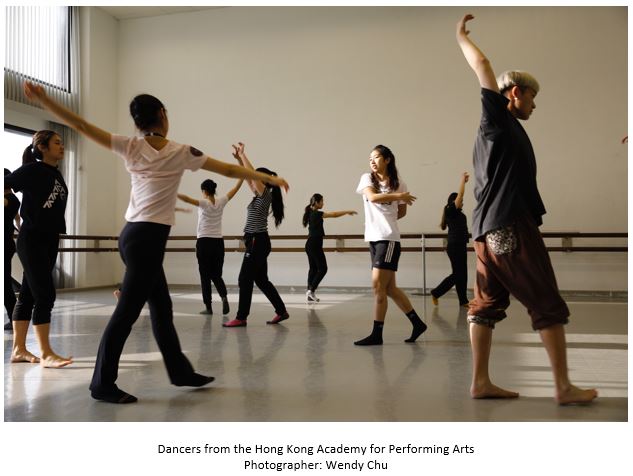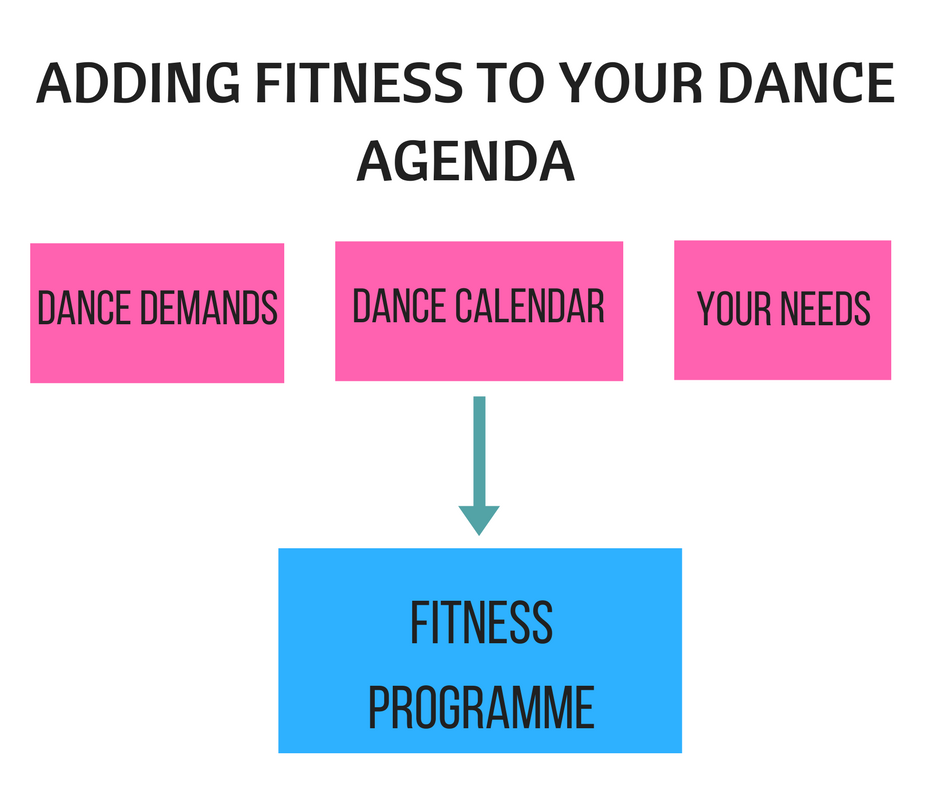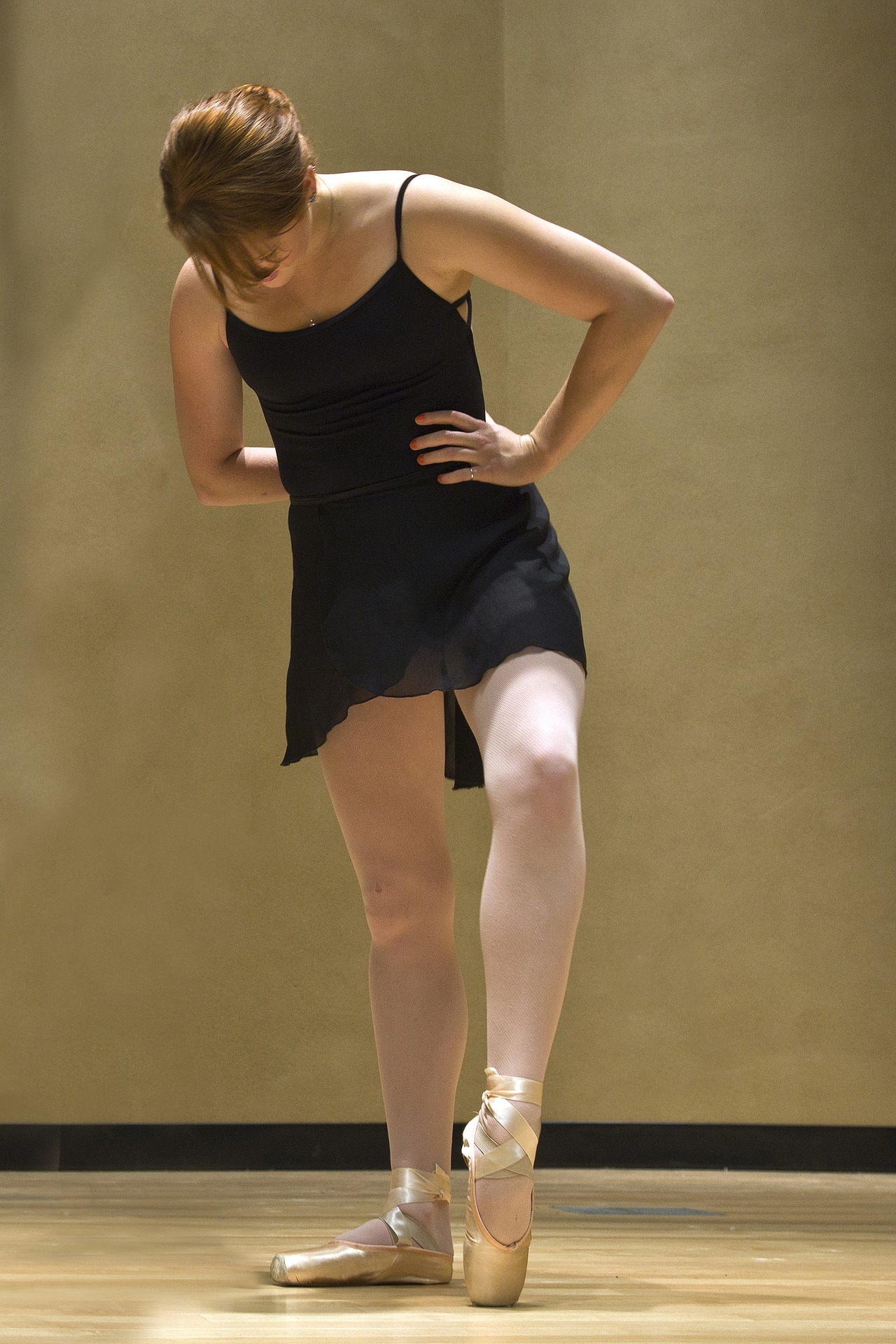Blog
Blog
Strength and Conditioning; Returning to Dance After a Break - Part 2
Author: Andrew Schaeffer CSCS on behalf of the IADMS Dance Educators Committee
In this series of blog posts we are following Elisa’s training programme as she prepared to return to the stage with Mark Morris Dance Company. In part one we learnt about the content and process of the training programme; here Elisa shares her own thoughts and experiences.
Read ArticleCan Physics improve your pirouettes?
Authors: Margaret Wilson and Jennifer Deckert on behalf of the IADMS Dance Educators' Committee
Successful completion of a pirouette (turn on one leg) can sometimes feel like an impossible task, but understanding more about the mechanics behind the turn may help you find more stability, produce more rotations and have better balance. There are several principles from physics that are useful in understanding the preparation and turning action in a pirouette.
Read ArticleDoes Pilates breath inspire dance?
Author: Adriano Bittar on behalf of the IADMS Dance Educators’ Committee
Following on from the exciting and intriguing posts from Christine Bergeron (How effective is Pilates as an additional training program for dancers?), and Jennifer Deckert (Breath: A Back-To-School Basic), the focus here is on Pilates and breath, specifically touching upon how they influence the performance of ballet.
Read ArticleOptimal Focus – from research to dance practice
Author: Clare Guss-West on behalf of the IADMS Dance Educators' Committee
This blog post provides a brief introduction to attentional focus and its potential impact on dance training and performance. Attentional focus study is relatively new to dance, whereas the research is now integrated into elite sports coaching – notably football, skiing, golf and swimming. Companies such as The Royal Ballet, Houston Ballet, and Finnish National Ballet are becoming aware of the benefits of these complementary techniques and we have started to introduce them into the dancers’ professional practice.
Read ArticleHow principles of dance science inform a student’s training and performance: A student dancer’s perspective
Author: Gemma Harman on behalf of the IADMS Dance Educators’ Committee
This is the second of Gemma’s posts in which she explores the notion of performance enhancement. Find the first installment here. In this second post, Gemma summarizes her own research and suggests how students view the principles of dance science in enhancing their training and performance.
Read ArticleWhat is ‘Performance Enhancement’ in an artistic context?
Author: Gemma Harman on behalf of the IADMS Dance Educators’ Committee
Our next two posts from the IADMS Dance Educators’ Committee question what we really know about performance enhancement from a dance science perspective and from the individual dance artist’s point of view.
Read ArticleAre You Warm Enough to Start Dancing?
Authors: Brenton Surgenor and Andrea Kozai on behalf of the IADMS Dance Educators’ Committee
Warming up is essential before taking part in any type of dance activity, but it’s not always clear how to warm up effectively. This blog post sets out the what, why and some of the how-to’s of an effective dance-specific warm-up. This prefaces our new, upcoming Resource Paper on effective warm-up for dancers, which has much more information and advice on how to prepare the body for dancing.
Read ArticleAdding Fitness to your Dance Agenda: Where to start?
Author: Clara Fischer Gam
So you came to the understanding that it is not all about dancing: in order to nourish your body for greater freedom of artistic expression, other elements have to be added to the equation. You have already done the reading about reducing the risk of injuries and enhancing performance. Then you came across supplementary fitness training and its role in supporting your career goals and longevity. Feeling more responsible for your body and empowered to take care of yourself, you are now craving for putting it into practice – what then?
Read ArticleMaybe you should stop dancing… a little
Authors: Luke Hopper and Peta Blevins
We all know how super hard dancers work. Dance is a passion, a lifestyle and an identity for millions of people around the world. And you only get to the top with hard work and grit right? But can you have too much of a good thing?
Read ArticleDancers - More Power To You!: Video from the 2014 Annual Meeting
Presented by: Jatin P. Ambegaonkar
Watching a dancer perform can be breathtaking and fun. Being a dancer is hard! This is because dancer’s movements often involve jumping and landing. To safely perform these explosive movements, dancers need good power in their lower body (Lower Body Power - LBP). Understandably, 70% of all dance-related injuries are to the lower body. Dancers are also supposed to have better balance than non-dancers. In athletics, sprinters with better strength and power and balance have better performance. In modern dance, aesthetic performance and jump ability are positively correlated to each other. However, research investigating potential interrelationships between LB power and balance among dancers is lacking.
Read ArticlePage 1 of 1
